Ten sci-fi movie monsters that could destroy humanity
Many sci-fi movie monsters have tried to end the human race, but which ones should we really be worried about?

Hollywood has, over the years, introduced the film-watching public to all manner of sci-fi movie monsters from outer space. After all, how are you going to make your star look good if there’s no spiky, Vaseline-vomiting abomination to put them in peril? Often that’s all the beast is, a hastily-conceived nemesis for our hero to conquer.
But, sometimes, moviemakers put real thought into their creatures, delivering foes that could not only pose a threat to the crew of the S.S. Expendable or Arctic Station Gonnadie, but the whole of humanity itself. Take the H. R. Giger-designed Alien, from the movie series of the same name. A deleted scene revealed the Alien was able to transform other beings into eggs, meaning that if a single egg or Alien made it to Earth, the whole planet could be awash with the creature.
Suddenly, it’s not enough for one or two lucky survivors to drag themselves out of the wreckage, they’ve got to stop the organism/entity/Eldritch Horror from reaching civilization. A few sci-fi protagonists even go so far as to choose self-sacrifice to destroy something that could doom humanity.
So, in the spirit of respecting their fictional sacrifices, we’ve put together a list of best sci-fi movie monsters that could conceivably destroy humanity. And, just to help you sleep soundly, we’ve pondered if there’s any scientific basis for their existence. Also be sure to check out our best space movies and best sci-fi movies lists, where you'll see a few of these creatures pop up again.
1. Space Vampires
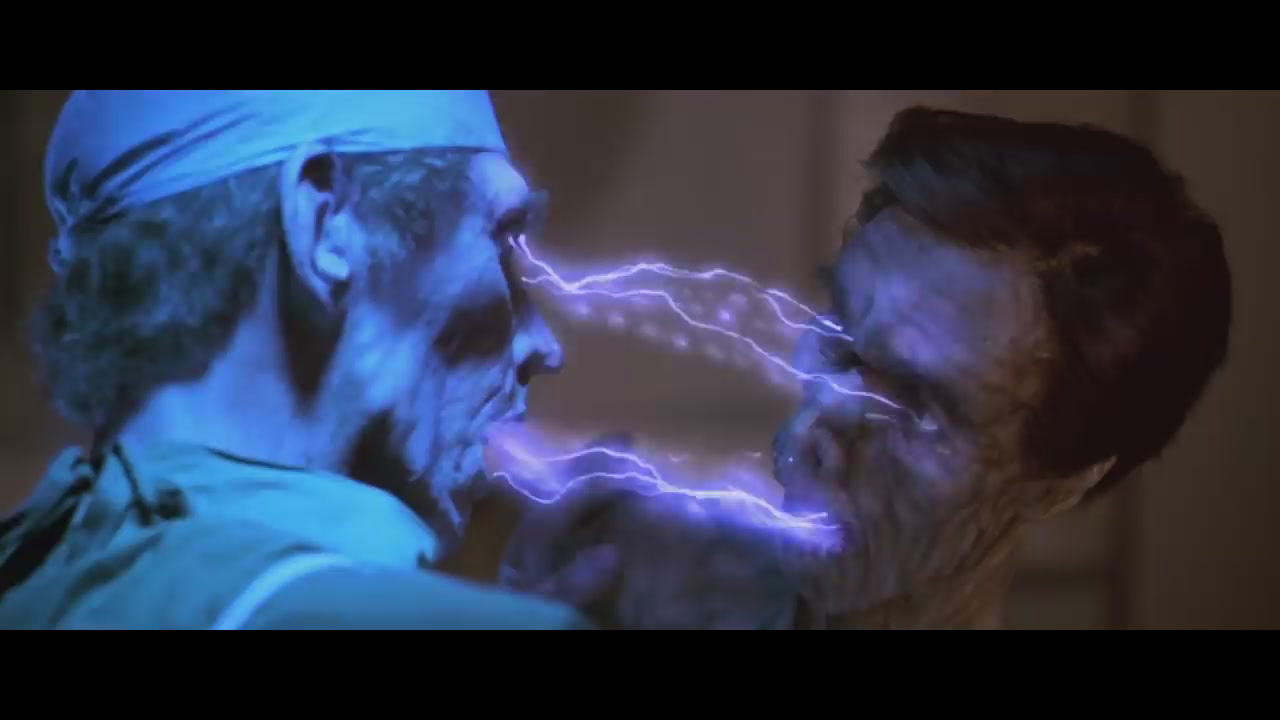
- Appeared in: Lifeforce (1985)
The three vampiric antagonists of Tobe Hooper’s 1985 movie Lifeforce, who feed on life energy instead of blood, would be more than capable of extinguishing humanity. The people they drain transform into ghouls, who turn others and so on. These ghouls, if sated, are indistinguishable from humans and retain their intelligence, so could infiltrate even the most secure locations. A portion of each “meal” is fed back to the original three, like some macabre pyramid scheme.
However, science has thoroughly dismissed the idea of “life energy” or Qi, making the trio less likely than even conventional vampires (and we wouldn't put any large bets on them being real either).
2. The Thing
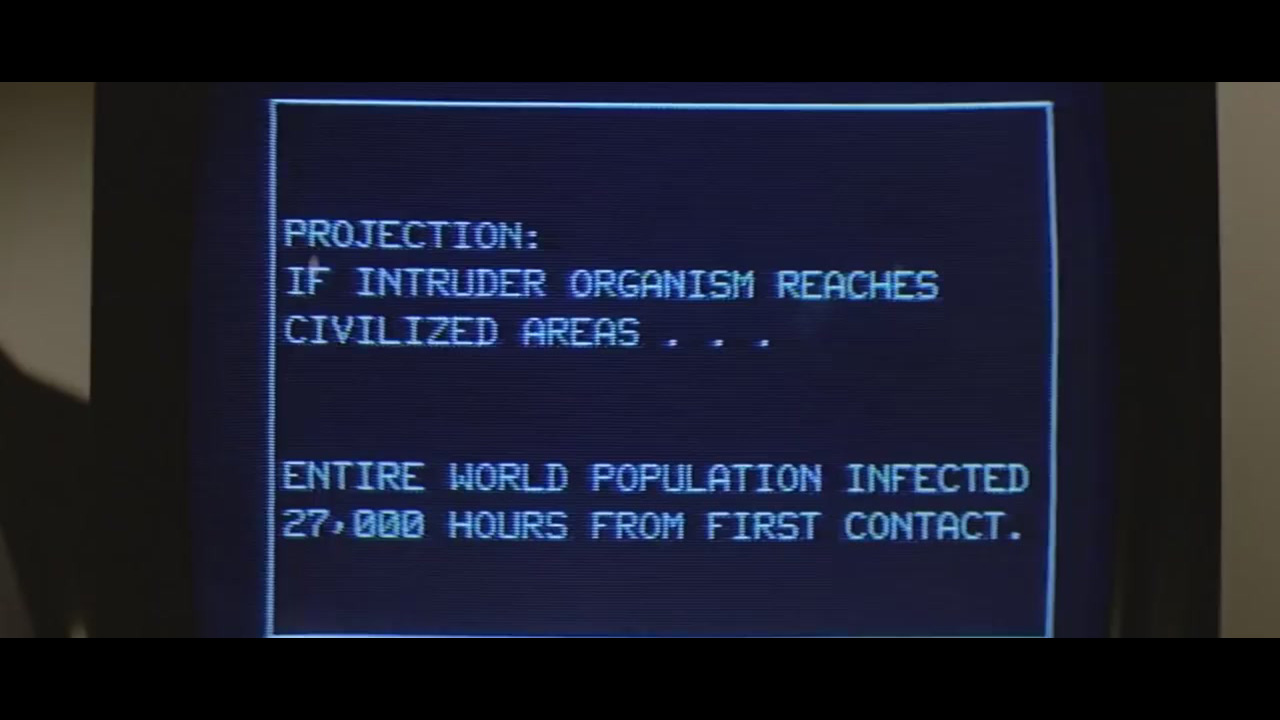
- Appeared in: The Thing (1982)
If John Carpenter’s shape-shifting horror had crashed its spaceship in a populated area, the human race would be doomed. Each fragment of the Thing is an individual, capable of infecting any animal, human, or otherwise, using the host’s memories to hide in plain sight. One creature could infect two, those two could each infect four... you get the picture. Although the Things aren’t able to identify other infected, but there’d eventually be a tipping point when they didn’t need to hide anymore.
Breaking space news, the latest updates on rocket launches, skywatching events and more!
If the Thing were to exist, it could resemble an amoeba with the properties of a planarian’s neoblasts, though the famous planarian memory transfer experiment has been debunked.
3. Xenomorphs

- Appeared in: Alien (1979) and Aliens (1986)
Dubbed the Xenomorphs, James Cameron’s Alien sequel illustrated why these creatures could spell the end for us if they ever reached Earth. Cameron’s Xenomorphs (which some have divided into warriors and drones) exhibit hive behavior and, like these fire ants, could overcome most barriers by working together. While Aliens dropped Alien’s egg-morphing concept, a single queen egg could still ignite an unstoppable infestation.
However, while the Xenomorph’s parasitic life-cycle isn’t implausible, the Chestburster’s rapid growth, which would require a vast amount of energy, is less so. This been partially addressed in a couple of Alien novelizations, but just molting doesn’t cover it.
Acid for blood is also possible, though even the strongest acid we know of, Fluoroantimonic acid, isn't even close to being as destructive as the infamous Xenomorph blood.
Check out our Alien movies, ranked article for a full rundown of all of the Xenomorphs on-screen appearances, and our Alien streaming guide to find out how you can watch them all online.
4. Pod People

- Appeared in: Invasion of the Body Snatchers (1978)
Invasion of the Body Snatchers (1978) sees gelatinous alien seeds drifting to Earth, growing into pods and, while people sleep, replacing them with emotionless copies. What makes the Pod People a dangerous foe, and would let them quickly overwhelm humanity, is that they can recognize another Pod Person on sight. This allows them to co-ordinate their efforts, conquering San Francisco (and potentially the rest of the world) in two days.
As outlandish as the existence of Pod People might seem, there’s a more basic problem with this premise. As noted by this study in the International Journal of Astrobiology, the toll of leaving and entering a planet would cause massive damage to the seeds.
5. Calvin

- Appeared in: Life (2017)
The Martian threat in 2017’s Life is a single-celled organism dubbed Calvin which quickly grows to be multi-celled. Calvin’s cells can change at any time, becoming muscle or nerves, making it hugely adaptable and hard to kill. On top of that, it grows every time it eats. Could the new Calvin devour the whole world, sprawling sated across the Earth?
Probably not. As explained here by Gregory Laughlin, a professor of astronomy and astrophysics at the University of California, there are limits on how big animals can get. But if Calvin was capable of reproducing asexually, his offspring, and their offspring, could go on to become Earth’s new apex predators.
6. Audrey II
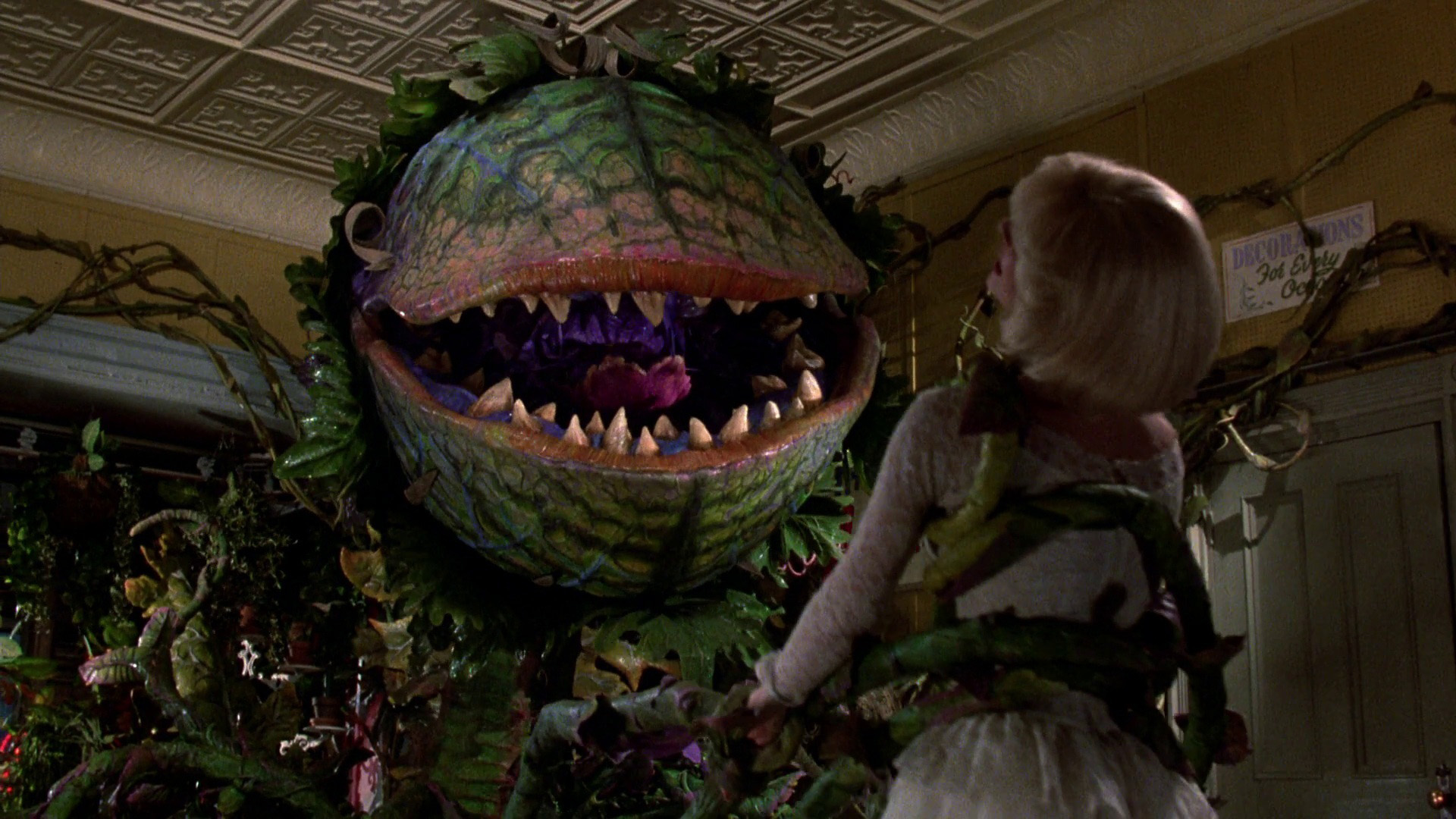
- Appeared in: Little Shop of Horrors (1986)
The 1980s musical Little Shop of Horrors had a man-eating plant from outer space, affectionately named Audrey II, trying to conquer the world. Its plan, which unfolded over a few weeks, was to make its “owner” famous and then send its seeds to an eager public. In today’s world that’d take all of five minutes – just get a few influencers to show off their mini-Audreys, and the planet would be knee deep in carnivorous alien invaders.
Should you be worried about man-eating plants? As the Nepenthes rajah can, at the most, eat small mammals, so thankfully no. Would the “let your plant drink your blood” trend go viral on TikTok? Absolutely.
7. Mimics

- Appeared in: Edge of Tomorrow (2014)
Edge of Tomorrow’s Mimics are not much to look at – they’re like the secret lovechild of Venom (the Spider-Man 3 one) and The Matrix’s sentinels. However, as they’re essentially one superorganism with the power of an evil Phil Connors, they can reset time until they’ve successfully eradicated mankind. Tom Cruise or Emily Blunt sorted them out, but what if either had ended up “...in a psych ward or dissected?”
It has been theorized that black holes distort time (all explained in our Where do black holes lead to? article), but the idea of weaponizing such an effect seems particularly unrealistic. That said, while the Mimics aren’t pretty, their sheer numbers could be enough to eradicate us all even without their temporal shenanigans.
8. The Entity
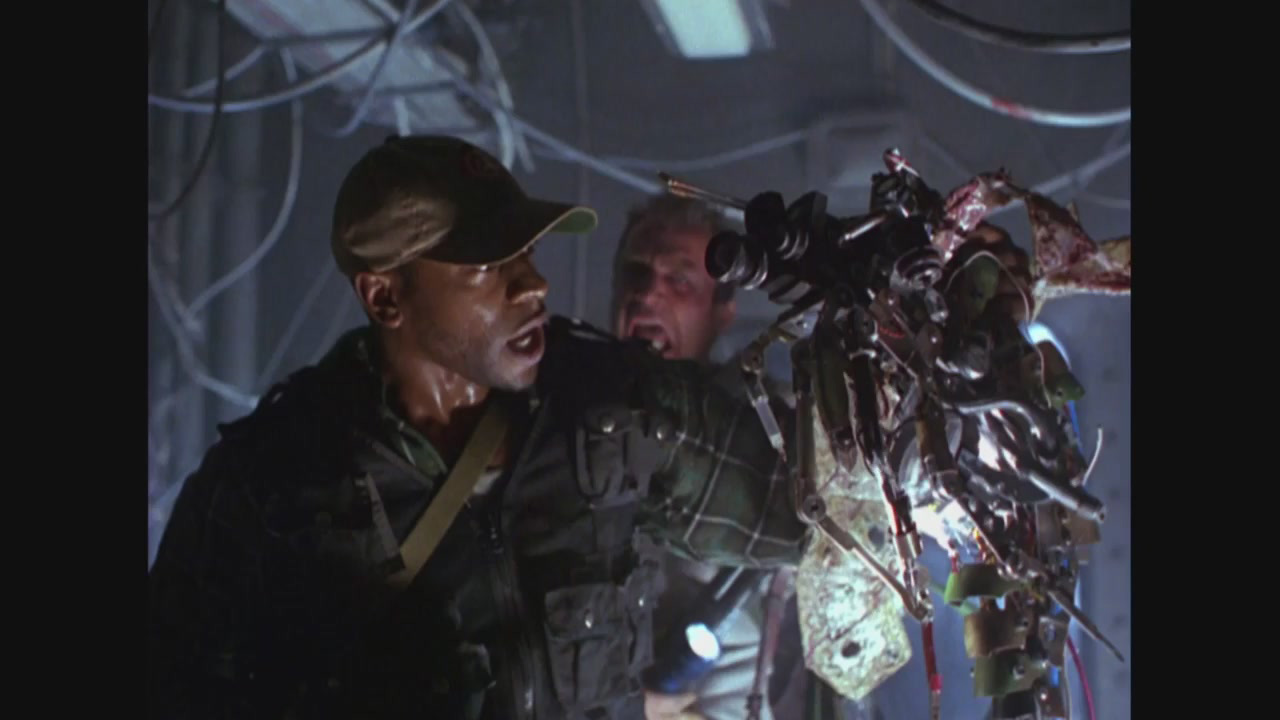
- Appeared in: Virus (1999)
As a movie, Virus definitely grows on you, but the alien entity is the stuff of nightmares. A being of energy with a hatred of humans, it was beamed onto a Soviet research ship and used the machine shop to churn out murderbots. What makes this a potential people-ender is that, more so than when it was filmed, there are so many systems the Entity could appropriate if it was beamed to the mainland.
True, nuclear missiles can’t be launched without human intervention, but they’re putting guns on robot dogs now, drones are readily in use, and self-driving cars are in the works... well, you get the picture.
9. The Shimmer
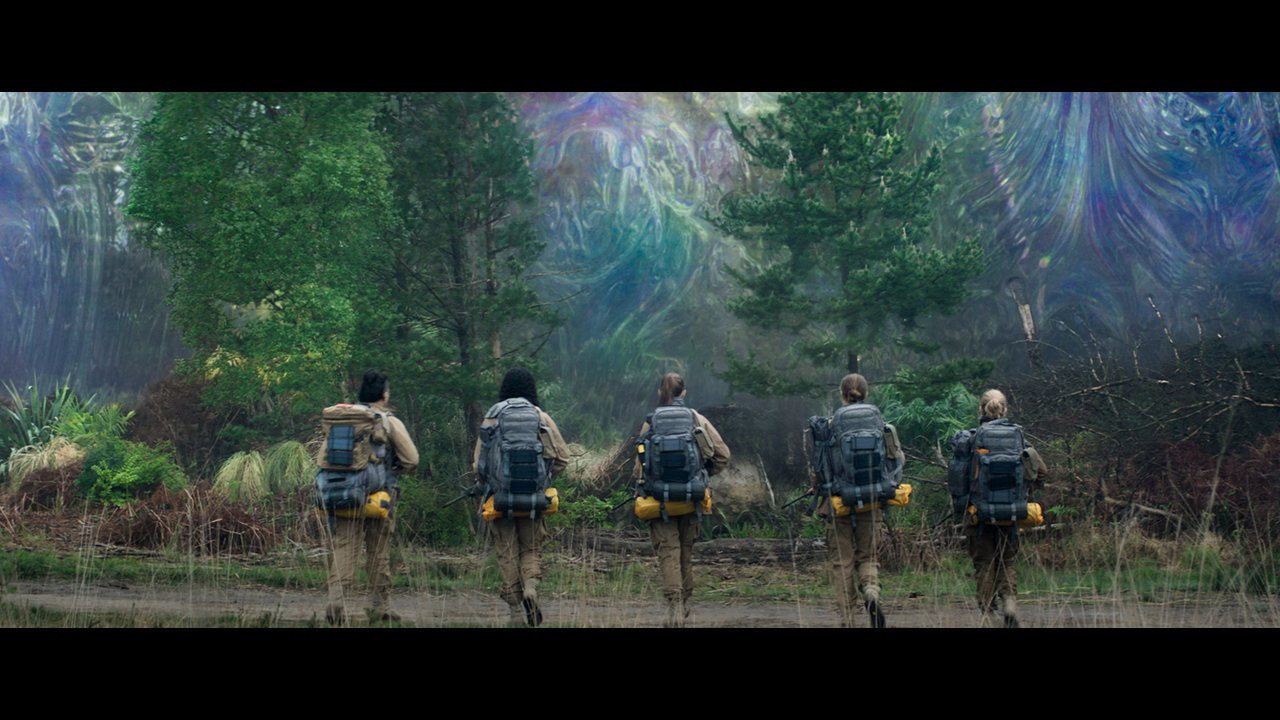
- Appeared in: Annihilation (2018)
It’s hard to define exactly whether the Shimmer, Annihilation’s reality and DNA-warping zone, is either a message, a weapon, an attempt to terraform Earth, or just something we can’t comprehend.
Unless Natalie Portman’s character shut it down, it would have expanded to engulf the Earth, warping and blending all life. What’s even more unsettling, is that while the movie doesn’t specify a speed, it could be future generations facing, er, annihilation.
Is there a scientific basis for the Shimmer? Not exactly, but its slow expansion could certainly be viewed as an allegory for climate change.
10. Galactus
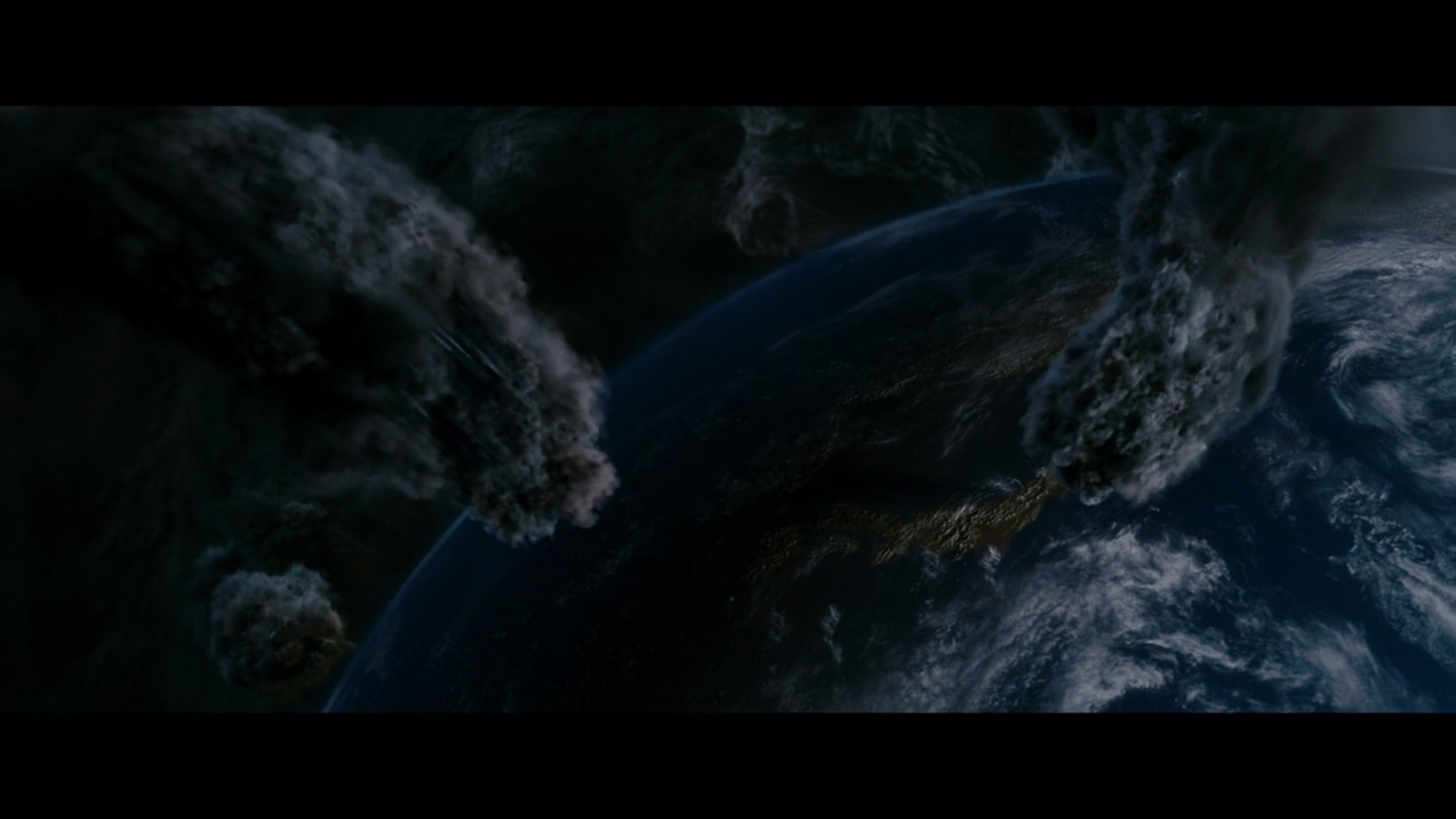
- Appeared in: Fantastic Four: Rise of the Silver Surfer (2007)
The second Fantastic Four movie was criticized for turning the planet-draining Galactus from a giant purple man into a massive cloud. But cloud or not, it’s still terrifying. Without a Fantastic Four or Avengers to see it off, our planet would be stripped of its ability to sustain life. If we were lucky, the Silver Surfer would turn up to warn us, giving us a short while to prepare for extinction.
Still, the idea of a roving entity, devouring planets, that’s just some sci-fi nonsense, surely? Someone should tell this traveling supermassive black hole that.

Chris is a freelance journalist who, aside from covering games and gaming-related tech, has a taste for horror, sci-fi and the post-apocalyptic. As well as Space.com, you can find his work at The Escapist, GameSpew (where he’s the morning news writer) and more. You can follow him on Twitter @MarmaladeBus.
